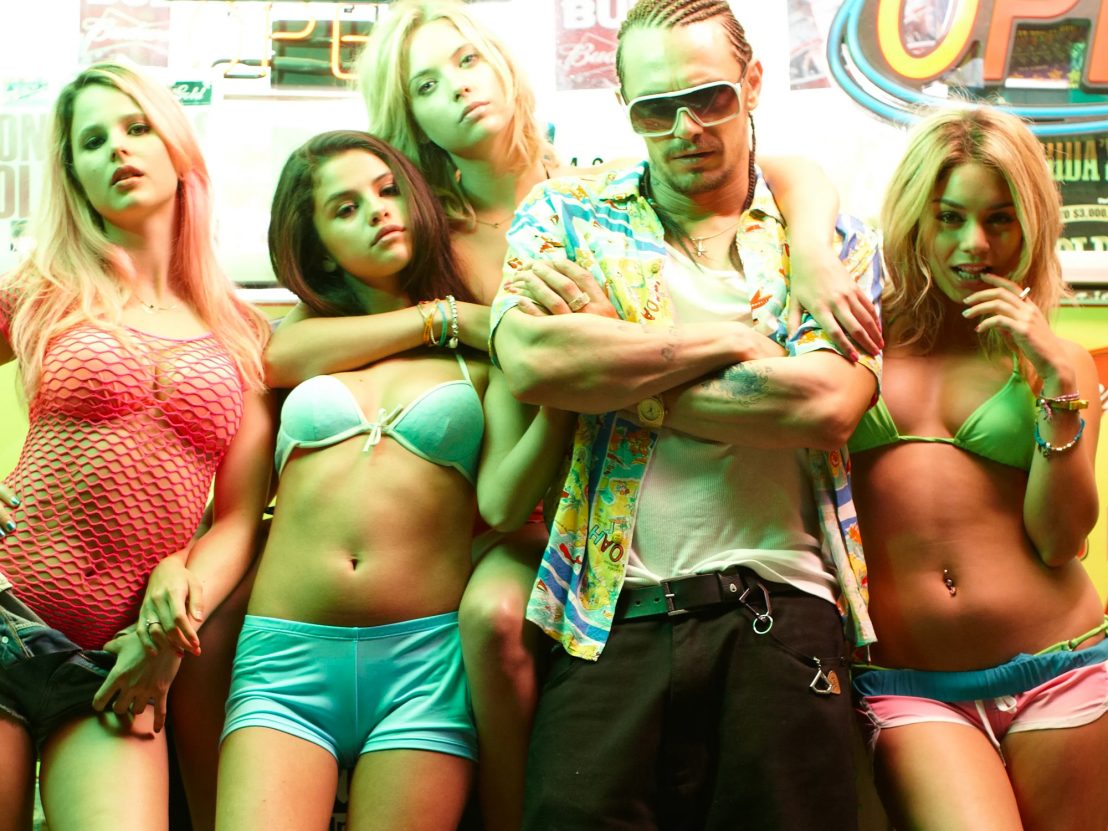
Spring Breakers crash-landed onto a confused world. In 2013, Girls Gone Wild had just gone bankrupt, the malignant force of Donald Trump was still several years away, and TikTok was not yet even a figment of anyone’s imagination (though its predecessor, Vine, had just launched at the beginning of the year). In commenting on the past decade of bubblegum pop, Disney Channel stars and Tumblr aesthetics, the film pre-empted the following decade of the voyeurism of social media, cultural appropriation and moral panic around sexuality.
Harmony Korine has always sought to prod and provoke, often succeeding to the detriment of his films. His breakout was the script for Larry Clarke’s Kids, lambasted for its scenes of hard drug use and statutory rape. With his early work, he was an artist laser focused on the fall of the American empire, as Generation X immolated the sense of order their parents stood for and forced an audience to reckon with young people left with nothing but their own sense of violence and nihilism.
On the face of it, Spring Breakers is Korine’s pivot to the mainstream, like the kind of film Gaspar Noe would make if he wanted to make it in America. Four poor college girls want to go on a trip to Florida for spring break, but are broke so turn to crime to fund their escapades. In the process they meet a terrible rapper and successful drug dealer called Alien (James Franco) and are dragged deeper into increasingly more violent crimes. It’s a tale as old as time, but it had not yet been told by Harmony Korine.
Spring Breakers boasts two Disney teen sensations in Selena Gomez and Vanessa Hudgens, as well as Ashley Benson, star of popular teen drama Pretty Little Liars, and Korine’s own wife Rachel. The film allowed Gomez and Hudgens to transition squarely away from the kid-friendly careers they had built up to that point, but their casting was gleefully provocative – ‘Come and see the girls from the Disney Channel in bikinis!’ was essentially the marketing strategy for the movie.
Korine wrote the script for Spring Breakers while observing an actual spring break in Panama City and all the carnage that entails. Throughout the film, there are montages of real life debauchery (often soundtracked to the warbling dubstep of Skrillex) – of alcohol flying everywhere, bodies grinding as one, suggestive scenes of women sucking on ice lollies – they’re scenes that blur fantasy with reality and make the opening 15 minutes of Babylon look like a Women’s Institute meeting. Korine grew up too poor and uncool to know a luscious spring break outside of MTV and instead imagines it as a vulgar orgy of sex, drugs and alcohol by way of Grand Theft Auto: Vice City.
It’s also what makes him an astute observer of America’s edges. The four girls at the centre of the story are not Kardashians. They can’t fly to Cabo on a private jet and buy bottles of Ace of Spades by the crate. The only way they can enjoy spring break is via the oldest of American traditions – by taking what they want. A robbery of a diner soundtracked to Nicki Minaj follows, and from there the girls mould spring break into what they want it to be. Violence becomes their agency, especially as they fall into the St Petersburg underworld Alien presides over.
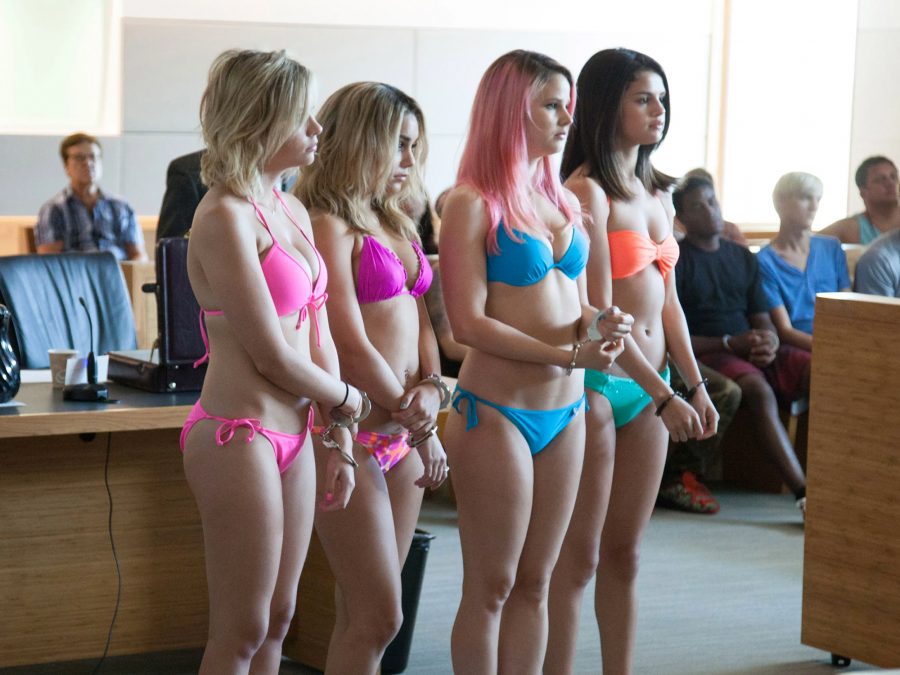
Franco’s rapper-cum-drug dealer is key to all of Spring Breakers, a grotesquery of caricature and cultural appropriation (before that phrase was part of the popular lexicon). He’s a swaggering, rapping assault on the senses with an air of David Koresh if he dressed like Paul Wall. The character is a not entirely successful attempt at interrogating the systemic racism that is webbed in pop culture and society – he speaks exclusively in African-American slang, dresses like an exaggerated cartoon of an early 00’s rapper and has his hair braided in cornrows, a style created by Black people for afro hair.
Alien references his love of Scarface on several occasions – he keeps that shit on repeat, he tells us – but it’s telling that he never expresses his gratitude to the Black culture he has co-opted and exploited. That his last act is to plan and execute a massacre on his rival Big Arch (played by Gucci Mane) and his exclusively Black gang is just a hammer blow reminder of a world – cultural and otherwise – built on Black erasure.
The most iconic and prescient scene in Spring Breakers involves – to quote Alien – an angel if there ever was one, Miss Britney Spears. The use of her ballad Everytime was undoubtedly ironic, even if Korine understands the influence Spears had over a whole generation of women who grew up listening to her music.
“Play something fucking inspiring,” the girls tell Alien as he sits at a beachfront white piano – he plays the song as his trio twirl in unison wearing matching pink balaclavas and sweatpants, and the scene morphs into perhaps the most influential montage scene since Rocky, with choreographed dancing, slow-mo scenes of armed robbery and James Franco singing. It’s empty yet gorgeously hypnotic, which summarises the film as a whole – Korine wants people to look, and it doesn’t matter if those viewing it are repulsed or ecstatic, so long as they’re watching.
In the decade since its release, Spring Breakers has become a template. While the film hardly broke the box-office, it was very profitable and one of the most talked about movies of the year online, with more cultural clout than its successful contemporaries such as Gravity, American Hustle and even 12 Years a Slave. A24’s subsequent business model seems to be based on this very film, which was only the third they had released at the time: low budget, profitable returns, lots of buzz, and keep the marketing train rumbling all year long.
With its Instagram-friendly colour palette, snappy TikTok sensibility and a video game approach to violence, Spring Breakers served as a prophetic window into the narcissism of the 2020s which would develop with the progression of social media. Even today, pictures appear on social media annually of young women dressed in pink balaclavas and little else in Halloween tribute to Candy, Brit and Cotty.
They’ve become semi-ironic heroes and in our age of austerity, social media dominance and “vibes” as an antidote to the depressing reality of the world, who can be surprised? Korine’s film might be vacuous, but at least it’s honest. “Look at my shit!” implores Alien to the girls as he shows off his material possessions, the profit of his appropriation and devastation. Even 10 years on, it’s impossible to not look at Spring Breakers with similar awe and unease.
Published 22 Mar 2023
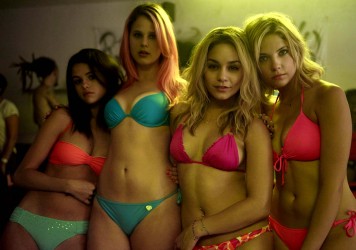
Is this neon-hued apocalyptic party movie Harmony Korine’s masterpiece? We think it might be...
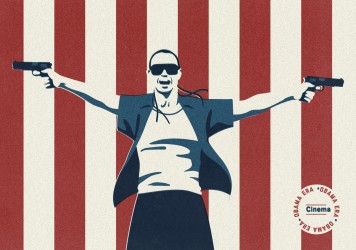
How might President Barack Obama’s famous speech have looked had it been co-written by a certain James Franco?
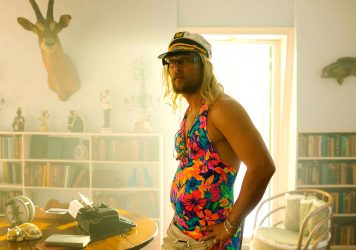
Harmony Korine and Matthew McConaughey hit the Florida Keys for a madcap slacker odyssey.